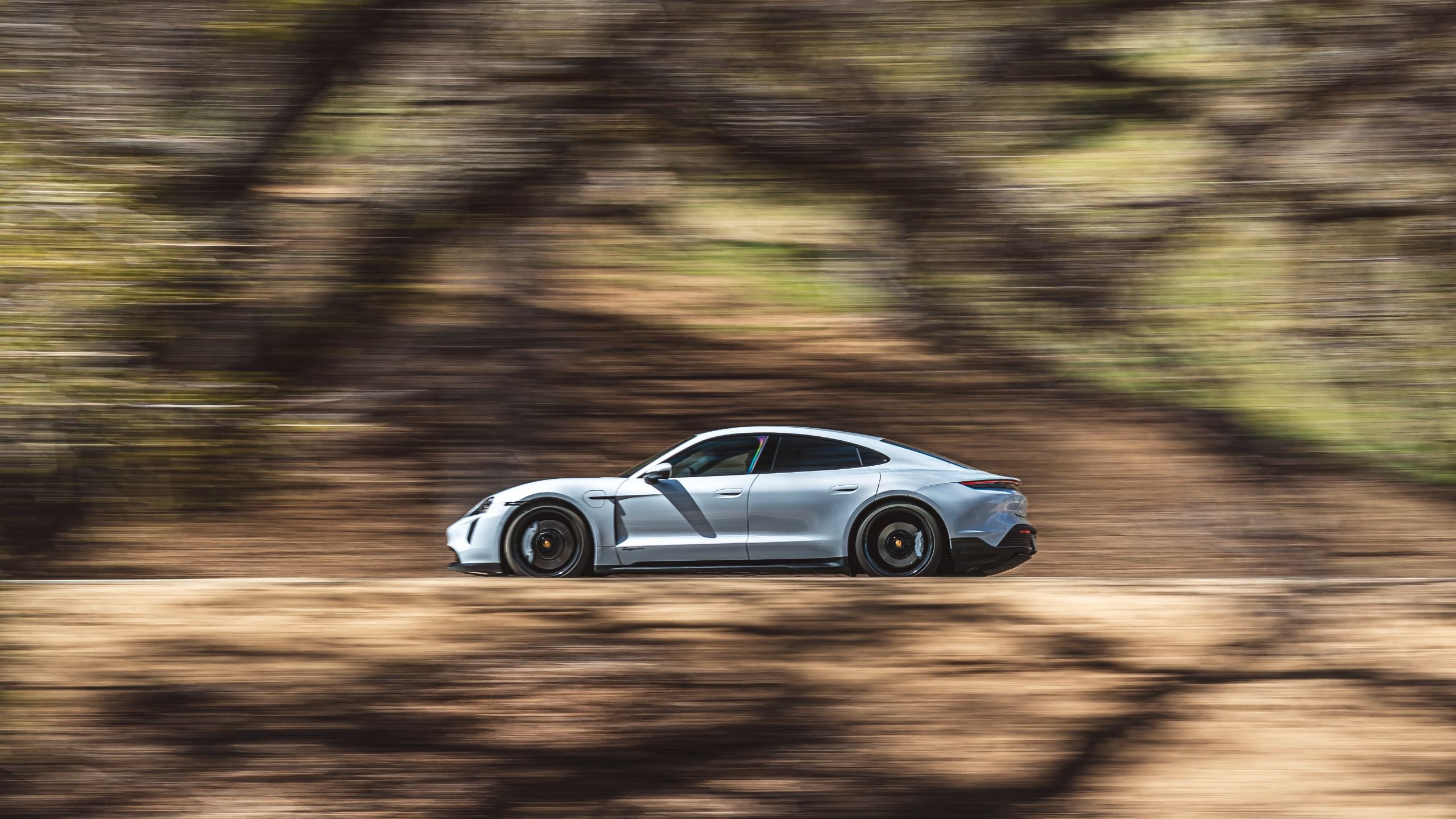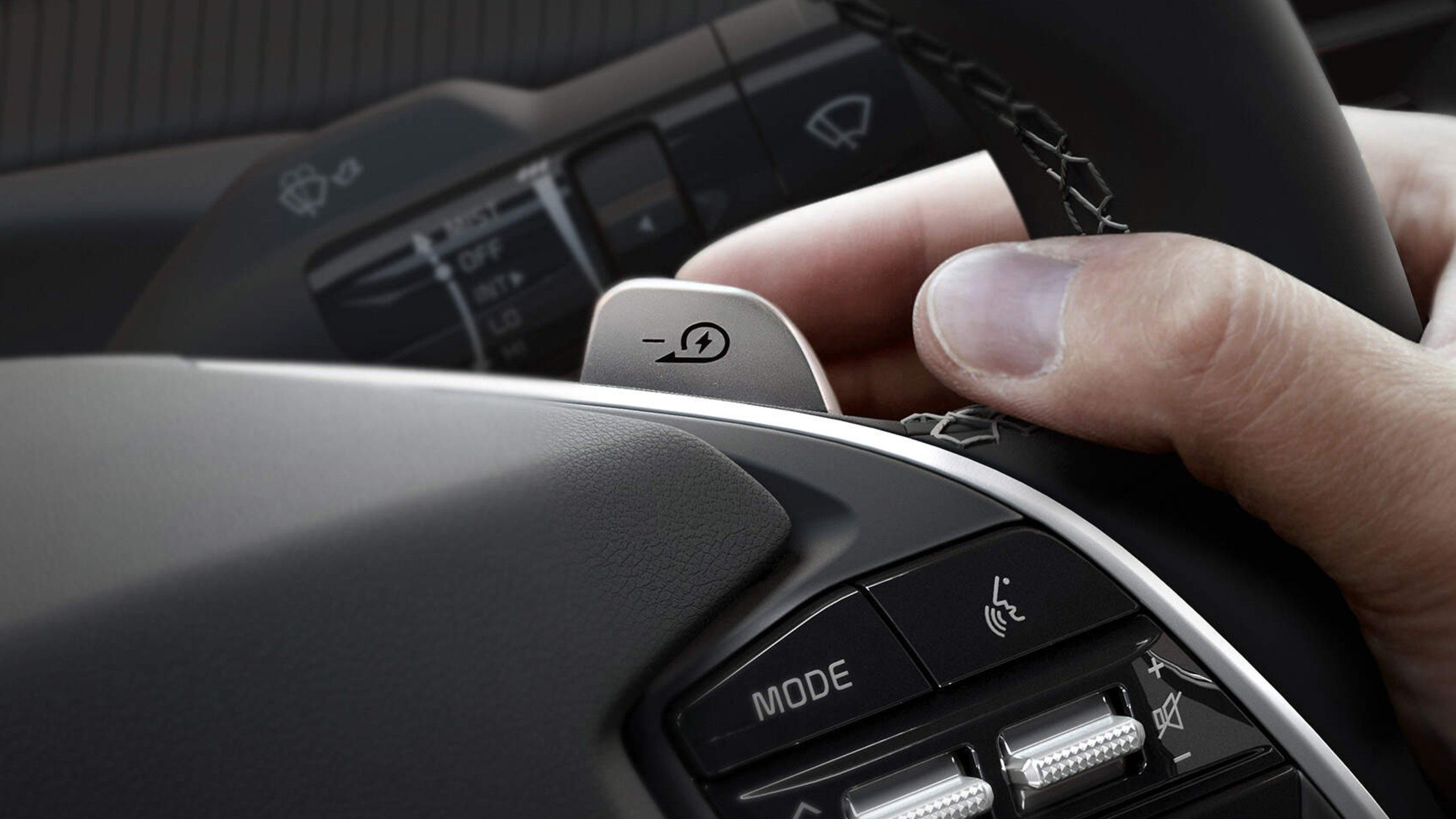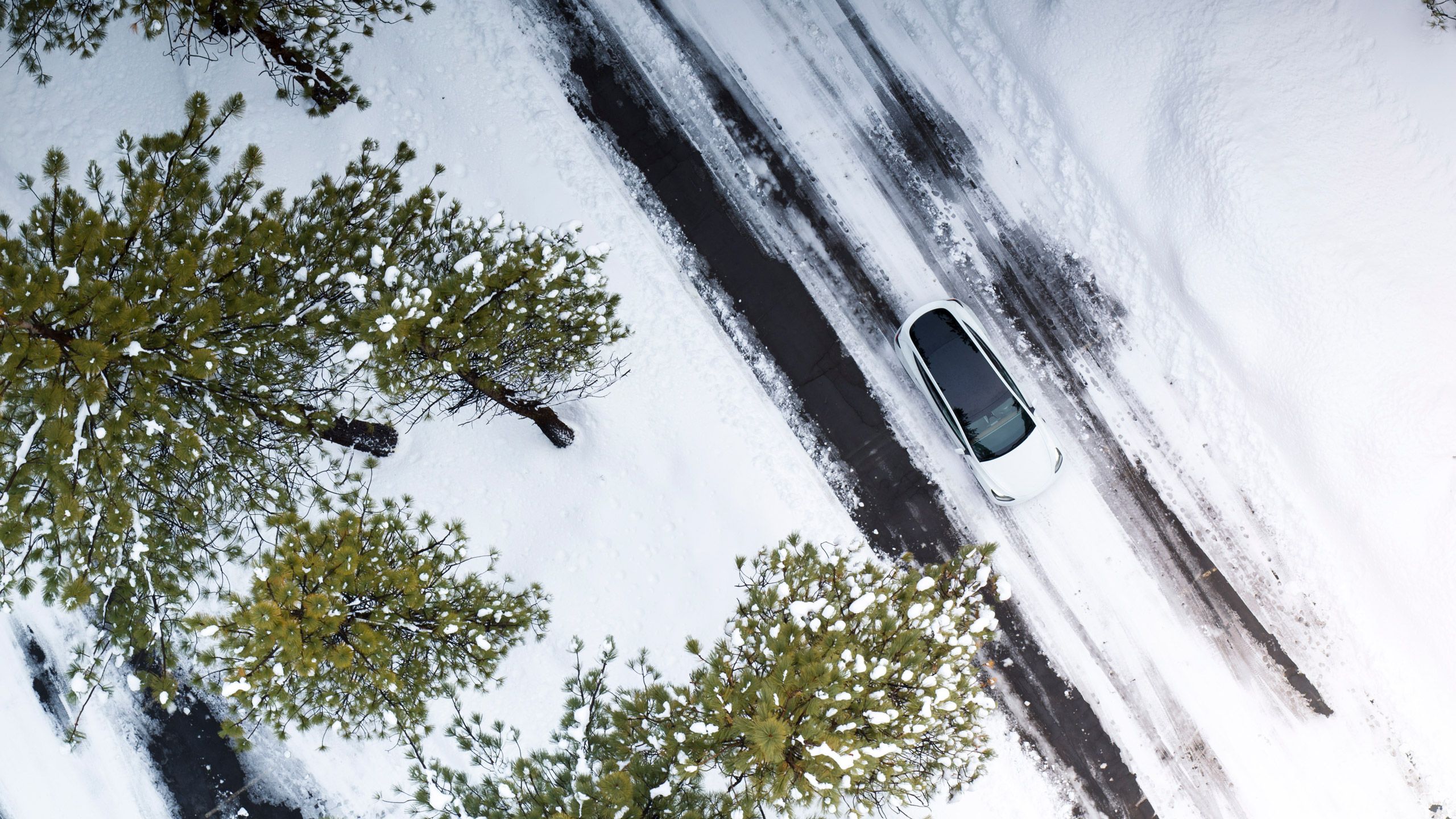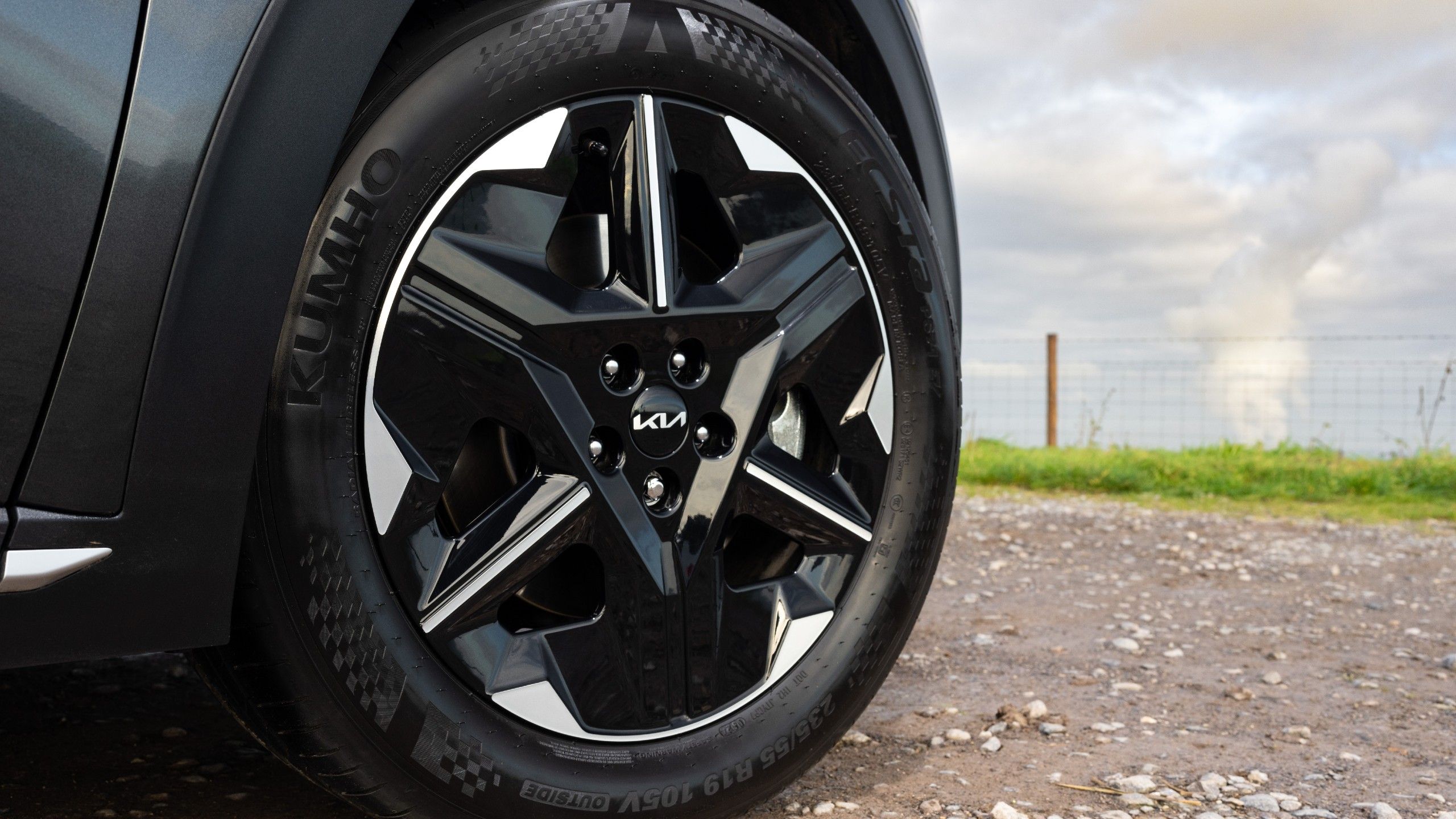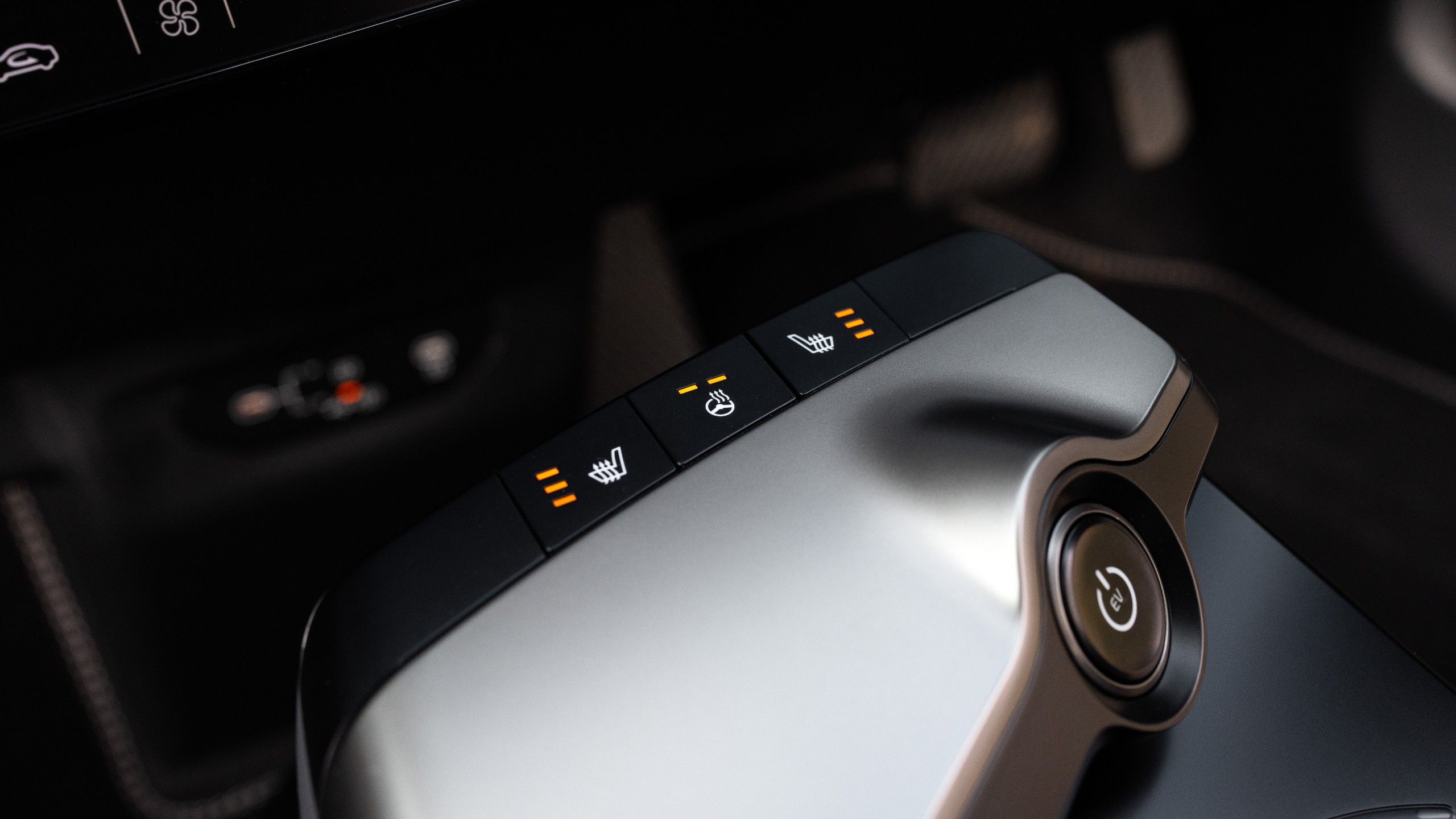Summary
- Avoid high speeds or acceleration. You may need to think strategically about passing, merging, and cruising.
- Take advantage of your EV’s efficiency and regenerative braking modes.
- Precondition your battery in cold weather, and maintain a high tire pressure to minimize rolling resistance.
Range anxiety is, thankfully, becoming a thing of the past with electric cars. It was certainly an issue when I owned a 2018 Nissan Leaf, since it never got more than 150 miles (241 kilometers) on a charge — but now most models get upwards of 200 miles, and the better ones top 300 or even 400. In the next several years, solid-state batteries should give EVs an edge over most gas-powered cars, including hybrids.
That said, range issues may still creep up in the winter or on long road trips, and it’s both cheaper and more convenient to extend your time between charging sessions. There’s no sense wasting time and electricity if you’re not in a hurry. When I’m behind the wheel, here are a few of the tactics I use to maximize my range.
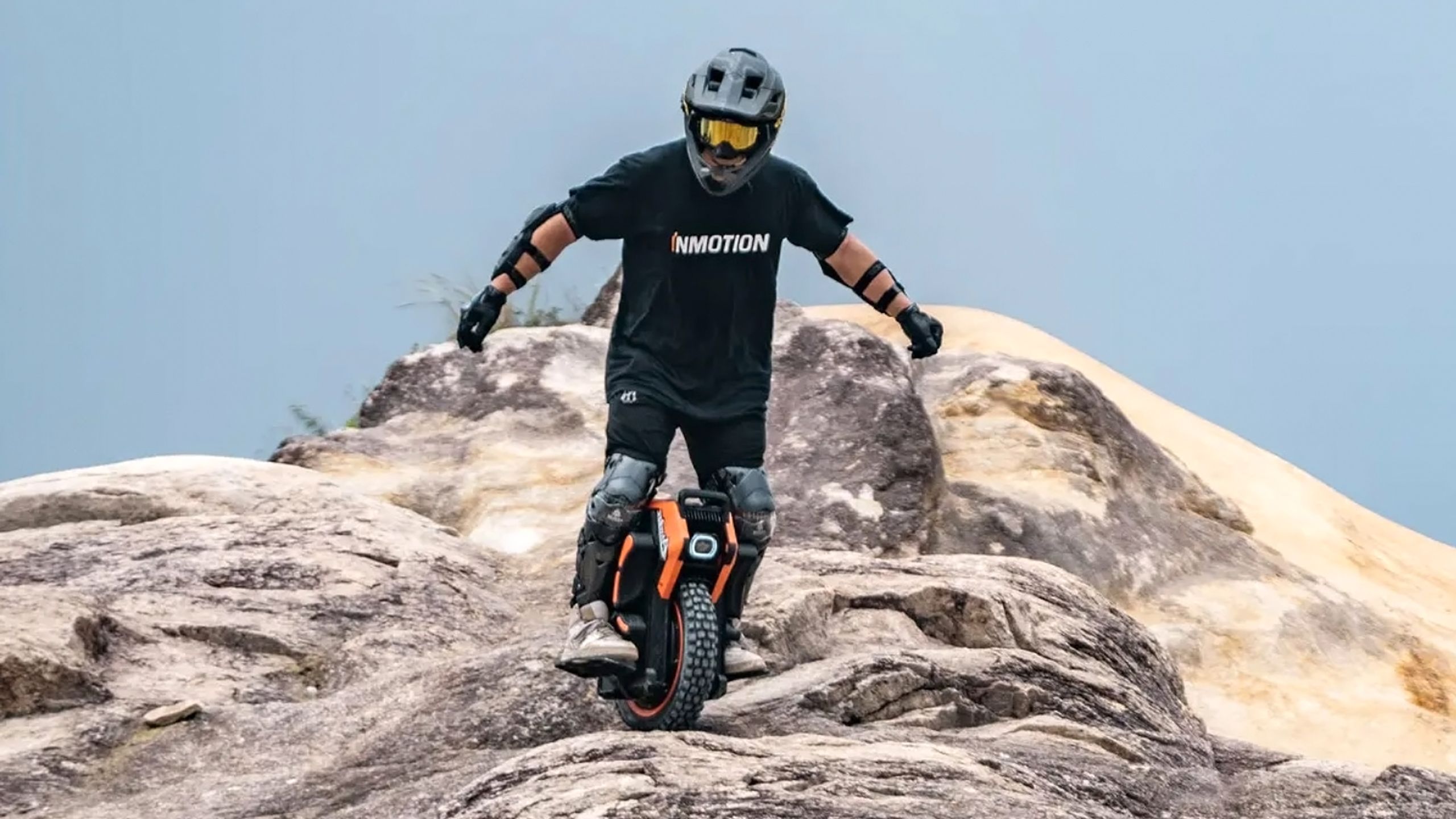
Related
Everything you need to know about PEVs, or personal electric vehicles
You can use PEVs to explore, run errands, or speed up your commute.
1
Avoid aggressive speeds and acceleration
Do you really need to be there two minutes faster?
Porsche
Pushing your car to the limit consumes more energy. With EVs, it just happens to be in the form of electrons instead of fossil fuels. So, unless you’re racing someone to the hospital, or holding up traffic, you might as well stick to posted speed limits. Constant speeding may not even save you much time, really, given the likelihood of congestion, stop signs, and traffic lights.
Likewise, avoid mashing on the accelerator unless it’s absolutely necessary. That means thinking strategically, for instance, identifying places to slide in when you’re merging or passing, rather than racing ahead of cars at the last second. On highways, stick to lanes with steady speeds until your exit is coming up. Don’t be that person who weaves in and out to get ahead. Whenever you can, coast your car instead of either accelerating or braking.
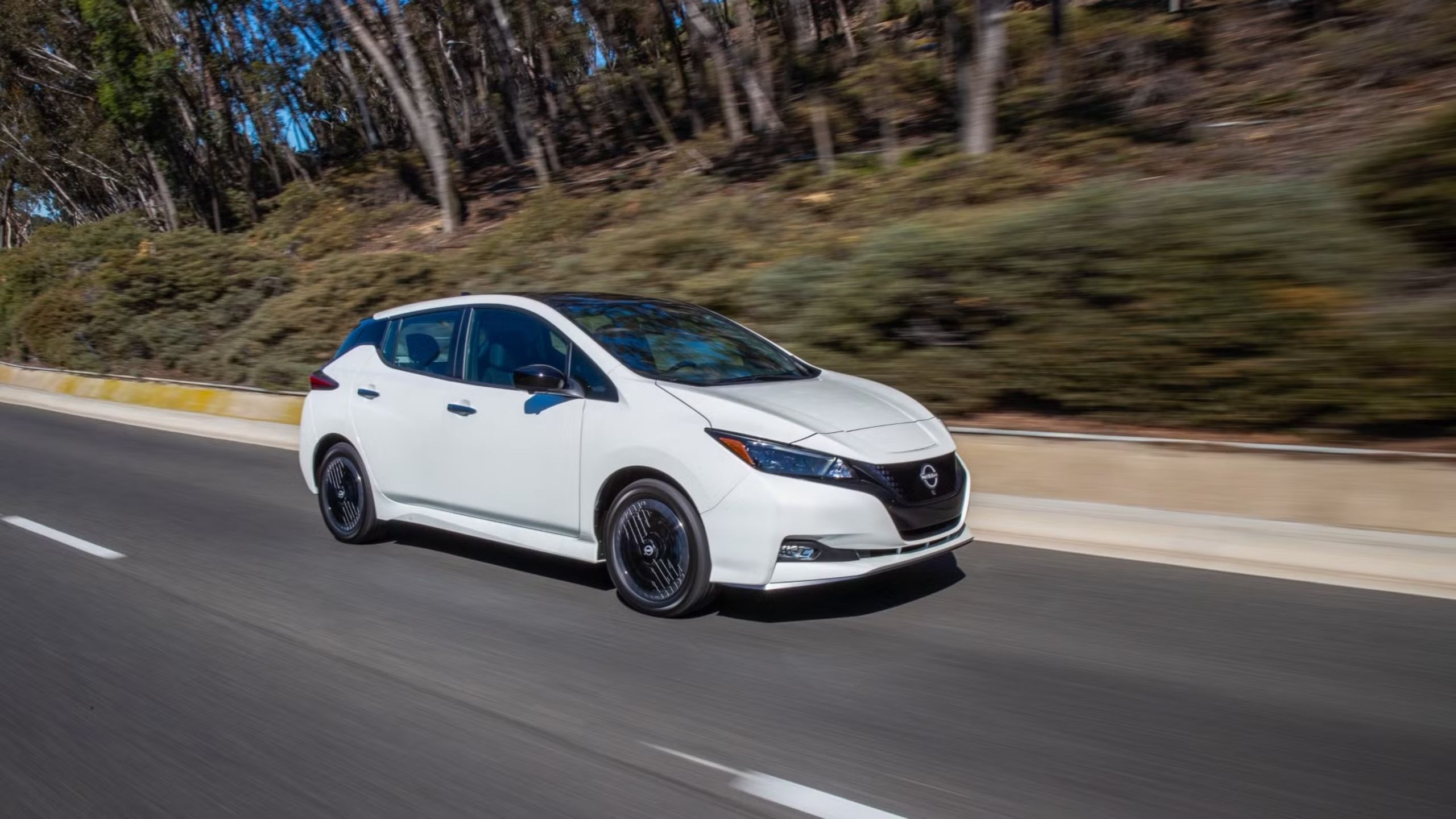
Related
5 things I’ve learned about EVs now that I’ve owned one
The EV experience is wonderful overall, as long as you’re prepared for it.
2
Use Eco and regenerative braking modes
You’ll get used to regen, I swear
Kia
My Leaf was surprisingly powerful with its Eco mode disabled. All of its torque was available instantaneously, which meant I could (and did) out-accelerate some sports cars. They’d inevitably pull ahead after a while, if there was enough room on the highway — but for a brief moment, it was very satisfying.
Some people may find the intensity of regenerative braking a little off-putting at first, but it doesn’t take long to get used to, and it’s nice to get a few extra miles back at the end of a trip.
Sadly, it’s best to leave your EV in its efficiency mode most of the time, whatever it happens to be called. Adventure and performance modes can be fun, but in the vast majority of scenarios, the extra power consumption is pointless. It’s not like EVs are weak with their efficiency modes on — they should be just as capable as their gas-powered equivalents, if not moreso.
If your EV has automatic regenerative braking, leave that on, too. Some people may find the intensity of regenerative braking a little off-putting at first, but it doesn’t take long to get used to, and it’s nice to get a few extra miles back at the end of a trip. Some vehicles spin this into single-pedal driving, which can be safer than always needing a separate brake — you’ll slow down hard simply by taking your foot off the accelerator.
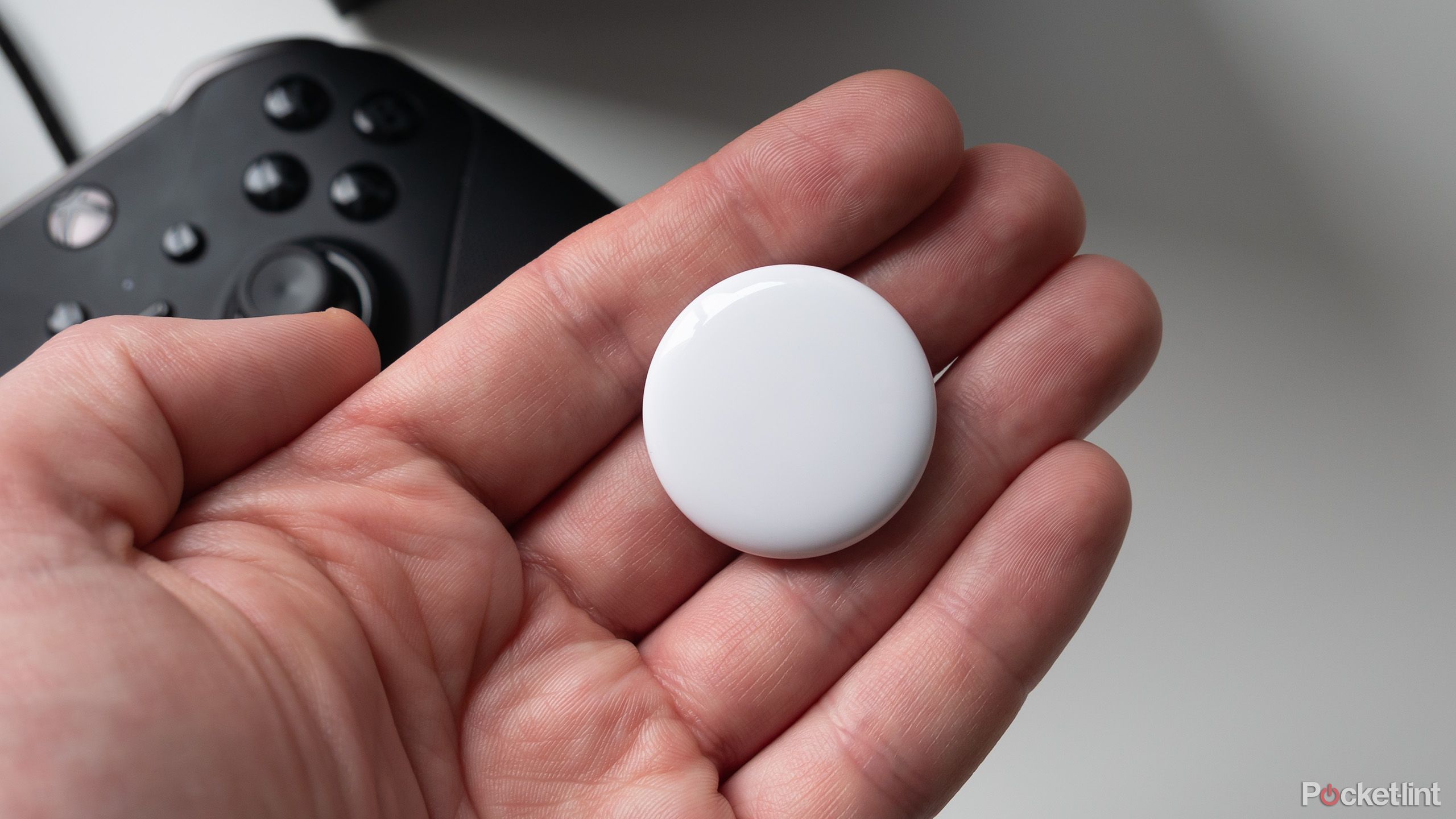
Related
Is it safe to use Apple AirTags?
The risks are usually very low, but you need to be aware of them.
3
Always precondition your battery in cold temperatures
Tesla
All EV batteries lose range as temperatures dip below freezing. The colder it is, the worse the drain, and in harsher scenarios, that can be over 30%. Sometimes it’s enough to make the difference between reaching a destination in one shot or having to charge mid-way.
The best EVs have dedicated battery warmers, and let you remotely schedule preconditioning for maximum efficiency.
You can alleviate this with a tactic known as preconditioning. That means warming a car while it’s still plugged in, hopefully keeping the battery happy for longer while you’re out on the road. The best EVs have dedicated battery warmers, and let you remotely schedule preconditioning for maximum efficiency — but even if they don’t, running your car for a few minutes before unplugging is probably better than nothing.
It’s also best to park your car inside during the winter, unless perhaps you live in the south. This would be its own separate bullet point if I could connect it directly to driving. I should add that in scorching places like Texas, it’s wise to park indoors during the hottest months.
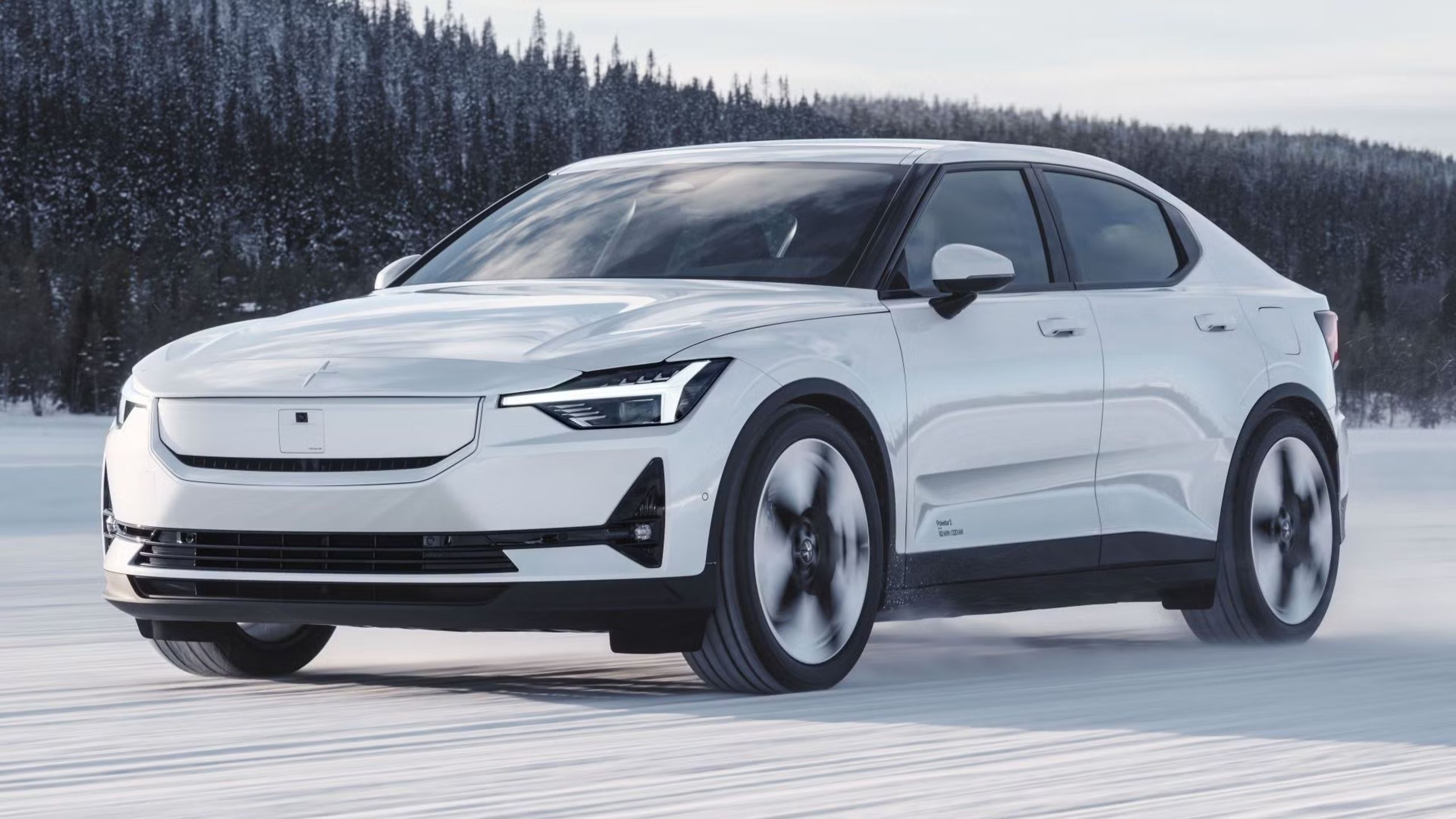
Related
5 things you might not know about driving an EV in cold, snowy weather
It’s perfectly fine to own in EV in places where you can go sledding or skiing.
4
Keep your tire pressures high
Within reason, naturally
Kia
Though softer tire pressures are more comfortable, they also increase your car’s rolling resistance. Its motors have to work harder as a result, and that’s particularly bad on the highway, where wind resistance rises exponentially relative to your speed.
Check the pressure levels on your tires at least once every month or two. Make sure they’re even, and if there’s a large gap between real pressures and rated tolerances, try squeezing out extra mileage by adding more air. Be sure to leave some breathing room, of course — friction and hotter ambient temperatures will increase PSI on their own, risking a blowout if a tire’s already near its limits.
One of the best investments you can make is buying an electric air pump with a digital readout. You’ll be able to set a target pressure, hit a button, and relax until it’s time to switch to another tire.
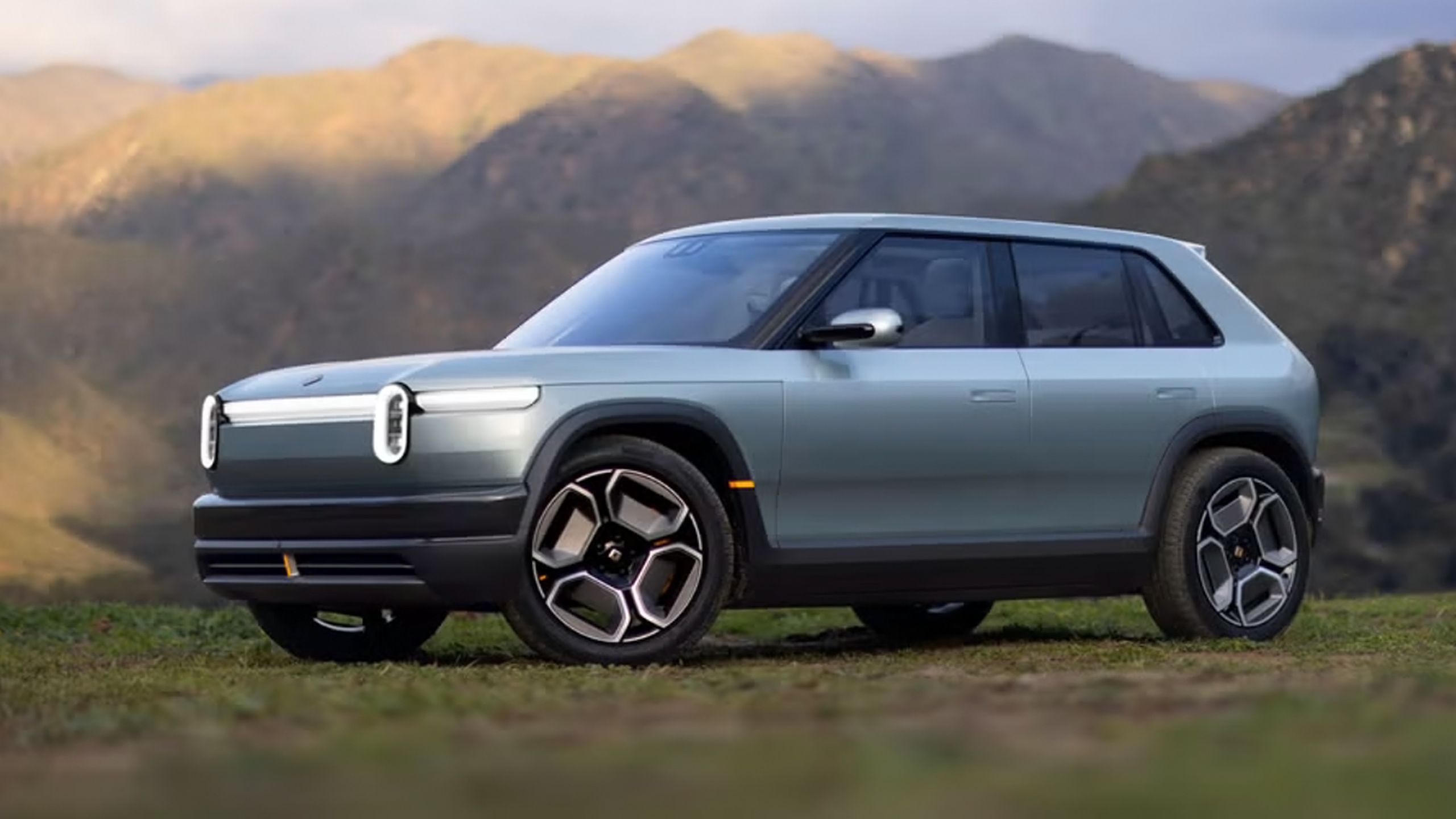
Related
I hope the Rivian R3 will be the vehicle to topple Tesla
Tesla won’t shrink and vanish in a day, naturally.
5
Keep your climate settings low
It’s all connected, man
Kia
In an EV, cabin conditioning systems (including heated seats and steering wheels) draw from the same battery packs as your motors. The higher you crank your heating or AC, in other words, the less power is left over for driving. This doesn’t matter much during short trips, but it can have an outsized impact during longer ones.
All I ask is that you avoid being too stingy — no one in your car should be sweating or shivering.
The best practice is to dial conditioning only as high as you need to avoid feeling uncomfortable. Notice that I didn’t say “to feel comfortable.” It might feel great to have a strong fan on a summer day, but if you can get away with less air, do it. All I ask is that you avoid being too stingy — no one in your car should be sweating or shivering.
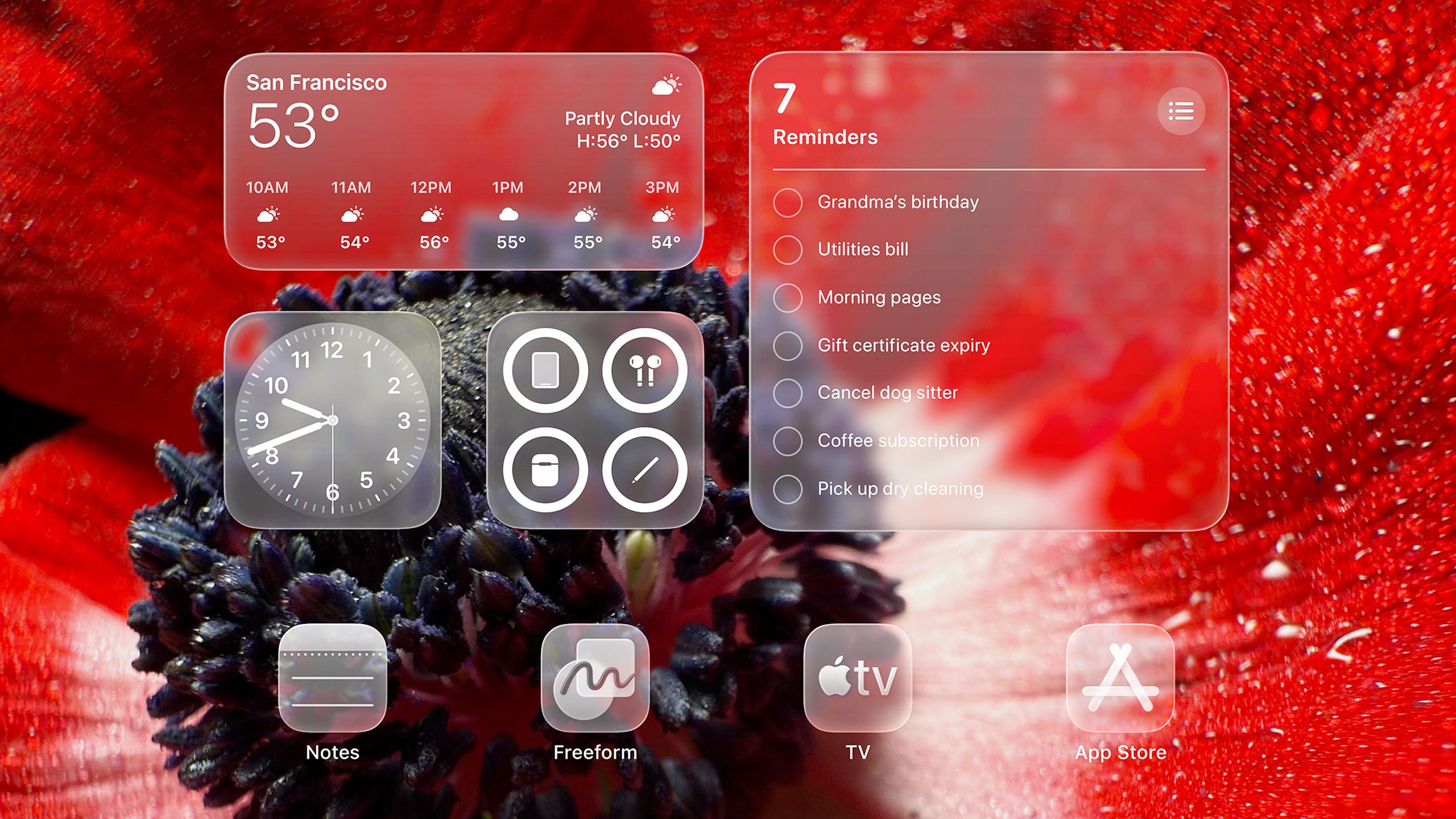
You might also like
4 ways iPadOS 26 is finally making the iPad more like the Mac
The leap isn’t complete, but iPads are a lot closer to becoming true laptop replacements.





